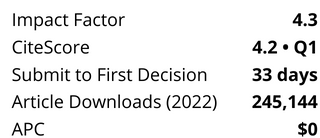Abstract
With the rising cost of energy and continuously increasing pressure to be more conscious of the amount of energy used in processes, aerobic wastewater treatment methods are becoming less desirable. However, anaerobic treatment is becoming more popular, especially with the development of high-rate activated sludge processes that can handle variations in operating conditions with small energy requirements. This short review aims to summarize the characteristics of anaerobic processes, with eventual emphasis on the upflow anaerobic sludge blanket (UASB) reactor and its performance under various conditions. Modeling of processes is helpful in making design decisions, and therefore the various modeling techniques applied to UASB reactors have also been included. Specific consideration has been given to anaerobic digestion model 1 (ADM1) due to its potential to be integrated with activated sludge models (ASM) to provide a single framework to describe aerobic post-treatments of the UASB effluent. Finally, an example test case involving the modeling of a pilot-scale UASB reactor has been included to indicate the usability of ADM1 in modeling anaerobic bioprocesses.




%20cropped.png?versionId=5947)